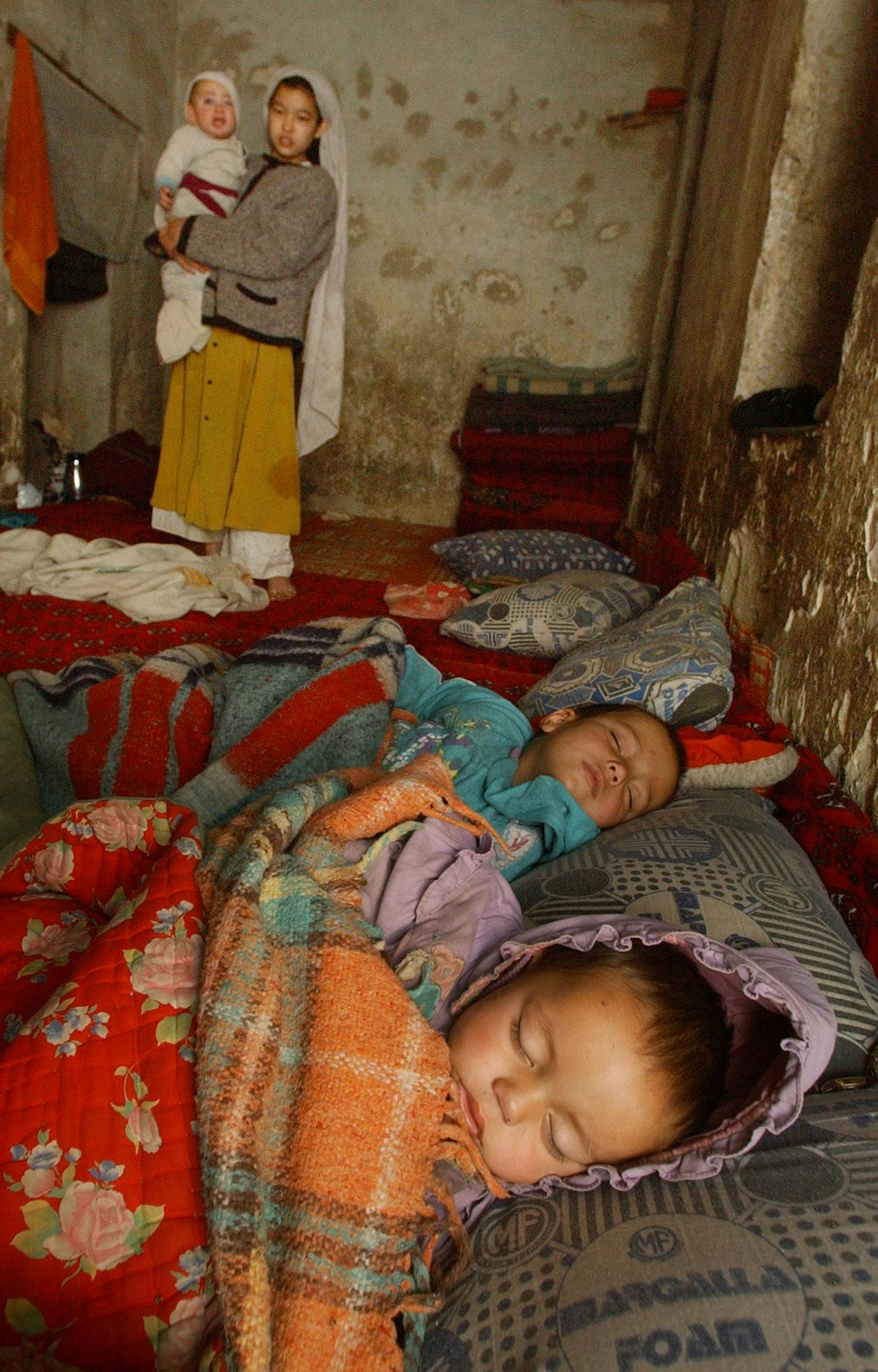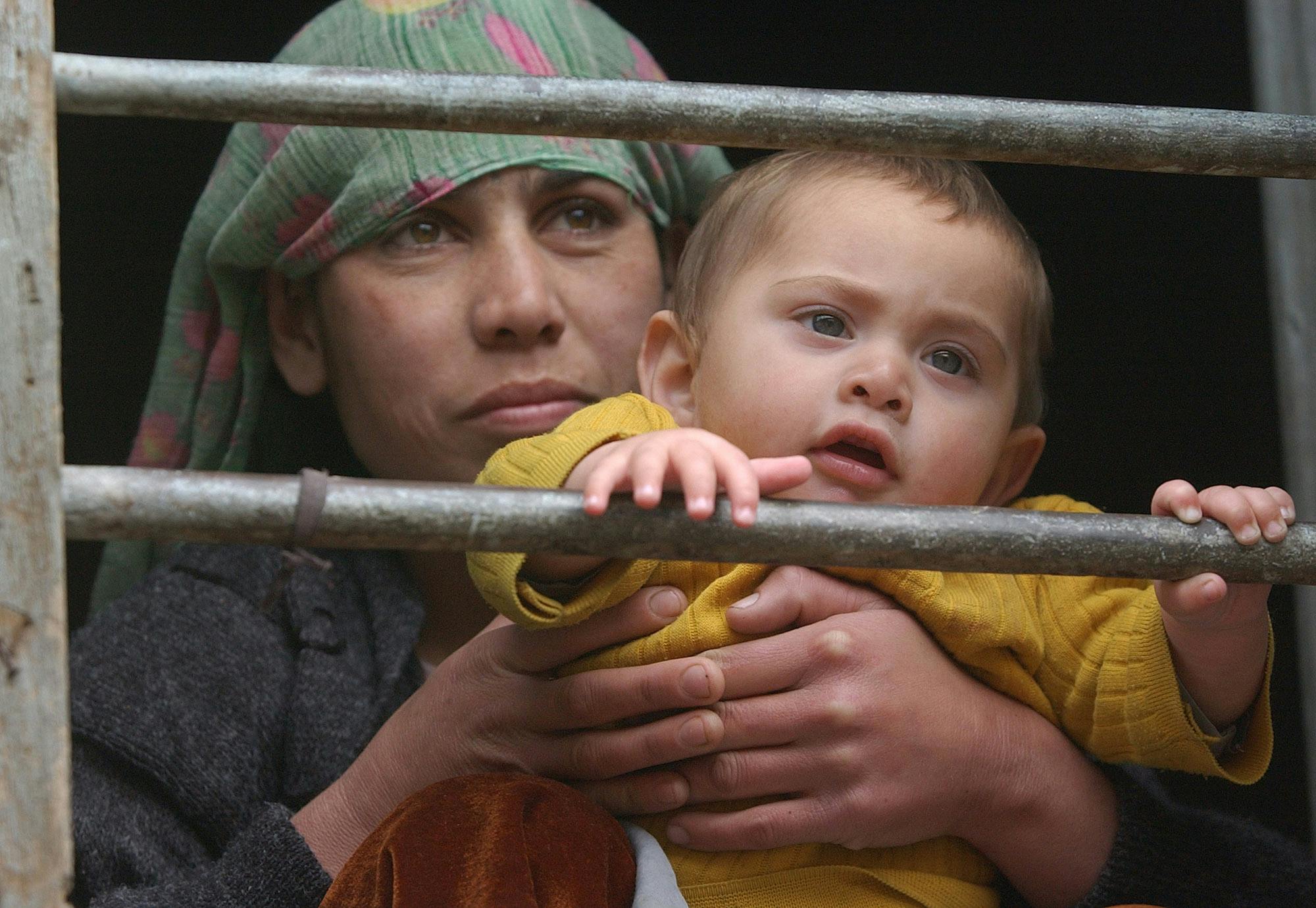Why tradition wants the feminine gaze
When we talk about the ‘female gaze’ in photography or otherwise, we are referring to a viewpoint which comes from the life experiences of a person who identifies as female. Those experiences that could have been shaped by how that person has been treated throughout their life, at home and in society, as a direct result of their identity.
“Obviously the dream is for equality – in terms of representation and opportunity, and also what we see on our screens, billboards, and posters,” says Lottie Marriner, senior creative at London-based creative agency Bandstand. “But we’re not there yet. To get there, we need exclusively female spaces which we can tap into as well as grow.”
A FRESH PERSPECTIVE
There’s no shortage of female talent out there. It is therefore down to marketers, brands and advertising agencies to pay more than lip service to deliver a fairer, more gender-balanced viewpoint through the visual media they employ. And this means addressing all aspects of the creative process.
Whether it’s genetic, hormonal, or cultural is irrelevant, the female perspective is different to that of a male. Not better, not worse, just different. While the gender split of the world is roughly 50-50, over 80% of the images viewed in the media come from a male point of view. How truthful can that representation of our world be?
Furthermore, if consumers’ daily habits (or decisions) are influenced by the saturation of this male gaze, imagine how a balanced perspective could improve the lives of not only this generation, but many more ahead.
Greater diversity in the creatives who produce the work means different experiences for consumers too. This can be seen in the work of photojournalist Suzanne Plunkett, through her encounters on a shoot in Kabul.
“In 2003, I spent a week living inside Kabul’s women’s prison,” recalls Plunkett. “Most of the women were incarcerated for running away from arranged marriages, or other infractions that the Taliban referred to as ‘love crimes’. The women were imprisoned with their children. While we could not communicate with words, we developed an intimacy that I imagine would not have existed with a male photographer.”
She continues: “On the sixth day, the women were sitting in a circle around the communal cell and one of the women began to breastfeed her infant. She was aware that I was taking the photo and gave her permission with eye contact and a nod.”
Suzanne Plunkett for Reuters

Suzanne Plunkett for Reuters

Suzanne Plunkett for Reuters

Suzanne Plunkett for Reuters
MORE BALANCED COMMISSIONING
But it’s more than just choice of subject that differs when referring to gender perspectives in creation of photographic content. The approach, the direction, and the decisive moment in which an image is taken, are all components that may separate the male and female gaze.
Women of My Generation is a multimedia project by photographer Fanny Beckman, which questions beauty standards by showing diversity. Her aim is to remove stigma surrounding problematic body image, proving that it is possible to feel confident regardless of body size, ethnicity or socio-economic background.
According to Beckman, one of the key differences between male and female photographers is the shooting angle. “Women have historically been photographed from a higher angle, which forces her to look up and makes her look small and submissive,” she explains. “This is something that I actively work against. For Women of My Generation, I have literally been sitting on the floor when taking these photos which affects the dynamic in the room. This is an opportunity for them to take up space, take power over their bodies, and feel confident.”
Despite these apparent differences, the number of agent-represented female photographers is far out-stripped by men, meaning that women are less likely to be put forward for commissioned commercial campaign shoots. In fact, according to the organisation Equal Lens, less than a quarter of those represented by a sample of over 70 leading commercial photography agents are female.
Yet the industry continues to evolve, and a number of organisations are starting to have an impact. These include the photo agency Female Perspective, founded in 2018 by photographer Tabatha Fireman.
“Having worked as a photographer for 20 years, it was clear that something needed to be done to shake up this stagnant pond,” says Fireman. “There was – and still is – clearly frustration in the industry from both clients wanting to commission women photographers, and women photographers wanting the work. Female Perspective provides the services that commercial clients are used to getting, but with an all-female roster of talent.”
DIVERSE STOCK OPTIONS
Alongside commissioned work, much of the content presented daily in the media is bought in as stock. In response to the prevalent disparity in this area, Fireman and her team have launched the ShotByWomen platform as the world’s first international image bank to house exclusively female-created content spanning all areas of photography.
With a focus on uniting, supporting, and promoting global women photographers, Fireman’s proposal for the platform includes providing commercial customers with what she believes has been missing in the world of content licence and distribution.
“There are so many talented women photographers out there, with a lot of unseen content stored on their hard drives,” she explains. “With ShotByWomen I hope to gain their trust, so we can welcome them to our platform for discovery, connection, and additional revenue stream potential. In turn, we can deliver to image buyers a library brimming with unique content to license.”
The ShotByWomen collection is curated for quality, and the platform includes helpful features for clients – such as information regarding previous licensed use of content. “That’s valuable,” points out Rachael Stewart, business engagement lead at global professional services firm WSP. “You don’t want to wear the same dress to the ball.”
Content on ShotByWomen is linked to artist profiles, permitting clients to follow their progress, share and connect, while presenting opportunity to commission.
“We know where the stuff made by men is. It’s everywhere,” concludes Bandstand’s Lottie Marriner. “To have a practical solution where creatives can easily find work produced by female-identifying creators, for me, is a no-brainer. We need to be creating work which feels authentic and relevant to our clients as individuals. I think this is going to benefit many, many people – both agencies and brands.”
ShotByWomen launched on March 8 for International Women’s Day. Services include bespoke picture research, content licencing and distribution, and photographic assignment production. Follow shotbywomen on Instagram and browse content on shotbywomen.com/Top image by Linda Wride/ShotByWomen
